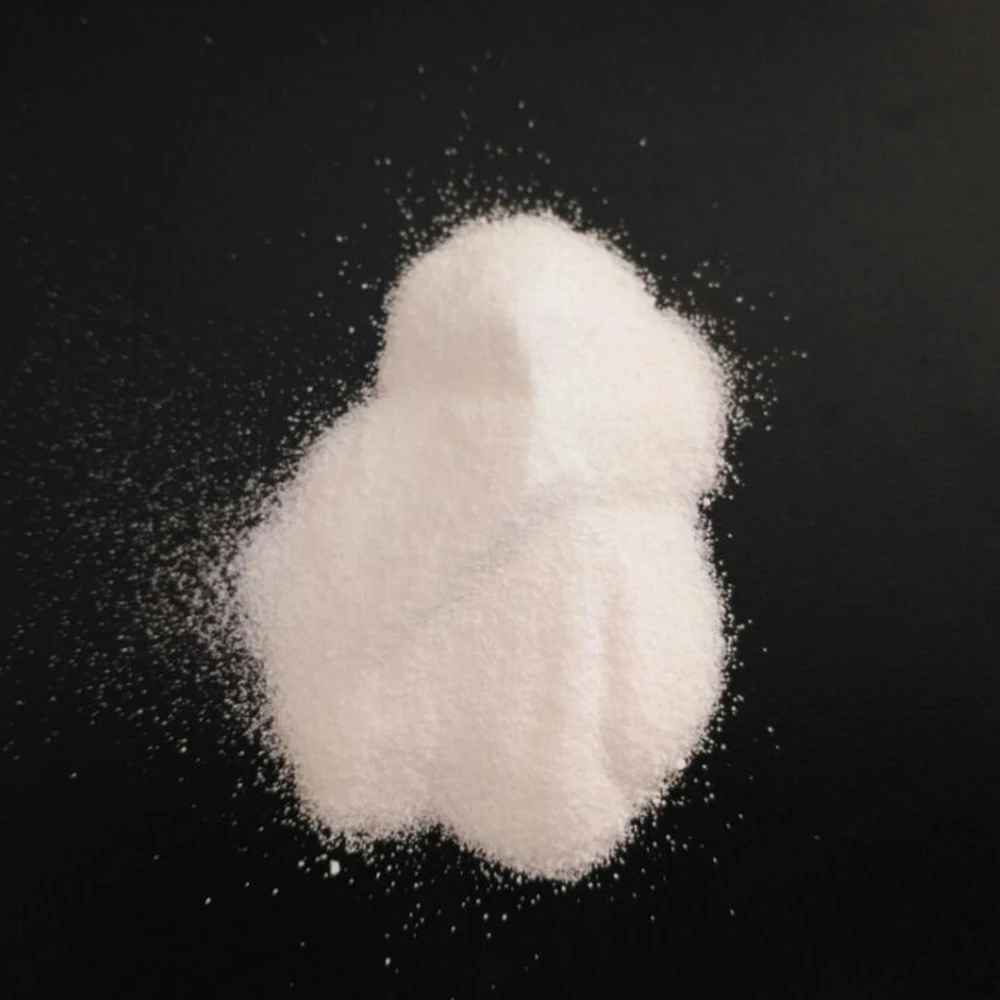



baso4 solubility in water
Barium Sulfate (BaSO4) Solubility in Water A Comprehensive Overview
Barium sulfate (BaSO4) is an inorganic compound that plays a significant role in various industries and scientific applications. Known for its high density and low solubility in water, barium sulfate serves as a crucial material in the fields of medicine, chemistry, and environmental science. Understanding its solubility characteristics is essential for both practical applications and environmental considerations.
At room temperature, the solubility of barium sulfate in water is extremely low, measured at approximately 0.0002 grams per liter. This very low solubility is a result of its strong ionic bonds between barium (Ba²⁺) and sulfate (SO4²⁻) ions, which create a stable crystalline structure. This characteristic has important implications in various applications, making barium sulfate a preferred choice in settings where a non-soluble compound is required.
Applications in Medicine
One of the most noteworthy uses of barium sulfate is in the medical field, specifically in radiology. Barium sulfate is administered to patients undergoing imaging studies, particularly barium meals or enemas. When ingested or introduced into the gastrointestinal tract, it provides an excellent contrast medium for X-ray imaging. The barium sulfate does not dissolve in bodily fluids, ensuring that the images obtained are not compromised by the substance itself. This non-reactive nature, combined with its high atomic number, makes barium sulfate beneficial for clear imaging and diagnosis of gastrointestinal issues.
Environmental Considerations
The low solubility of barium sulfate also has significant implications in environmental science. In natural water bodies, the precipitation of barium sulfate can occur when barium ions from various sources, such as industrial discharges or mining operations, combine with naturally occurring sulfate ions. This process can lead to the formation of solid barium sulfate, which can settle at the bottom of water bodies, significantly impacting aquatic ecosystems.
baso4 solubility in water

Moreover, the low solubility means that once formed, barium sulfate is unlikely to re-dissolve into the water column, posing limited risk of bioavailability and toxicity to aquatic organisms. However, the presence of barium in the environment can still raise health concerns, as barium compounds, in higher concentrations, can lead to adverse health effects in both humans and wildlife.
Chemical Composition and Reactions
Barium sulfate's chemical composition consists of barium cations (Ba²⁺) and sulfate anions (SO4²⁻). Due to its strong ionic bonds, dissociation in water is minimal, leading to its classification as an insoluble salt. However, barium sulfate can undergo various chemical reactions, influencing its applications. For instance, when barium sulfate is heated in the presence of a strong acid, it can react to form soluble barium salts, although this is not a common occurrence under typical conditions.
In addition, laboratory synthesis often involves creating barium sulfate through precipitation reactions. This technique typically includes mixing a barium salt (like barium chloride) with a sulfate source (like sodium sulfate), leading to the formation of insoluble barium sulfate, which can then be filtered and dried for various uses.
Conclusion
In conclusion, the solubility of barium sulfate in water is a critical factor in its diverse applications across multiple fields. Its incredibly low solubility underlines its utility in medicine as a contrast agent for imaging and poses environmental considerations related to its precipitation in water systems. Despite being largely unreactive in aqueous environments, the interactions and reactions involving barium sulfate underline the importance of understanding its chemical behavior for practical applications and environmental management. As industries continue to evolve, so too will the applications and implications of barium sulfate, making it an essential subject of study in chemistry and environmental science.
-
Why Sodium Persulfate Is Everywhere NowNewsJul.07,2025
-
Why Polyacrylamide Is in High DemandNewsJul.07,2025
-
Understanding Paint Chemicals and Their ApplicationsNewsJul.07,2025
-
Smart Use Of Mining ChemicalsNewsJul.07,2025
-
Practical Uses of Potassium MonopersulfateNewsJul.07,2025
-
Agrochemicals In Real FarmingNewsJul.07,2025
-
Sodium Chlorite Hot UsesNewsJul.01,2025










